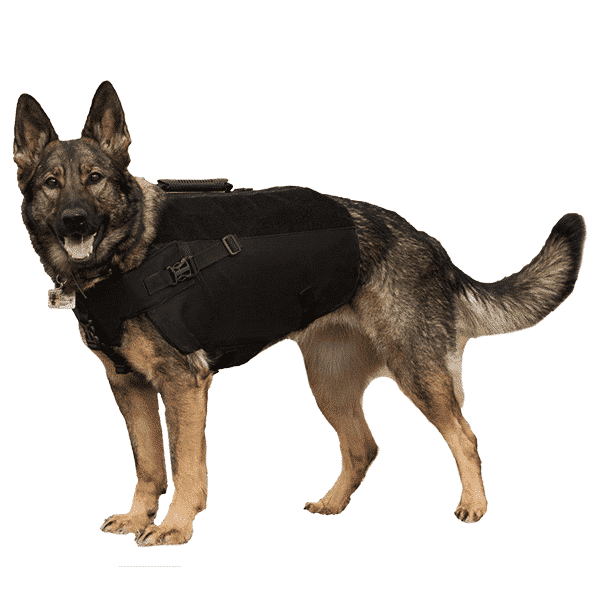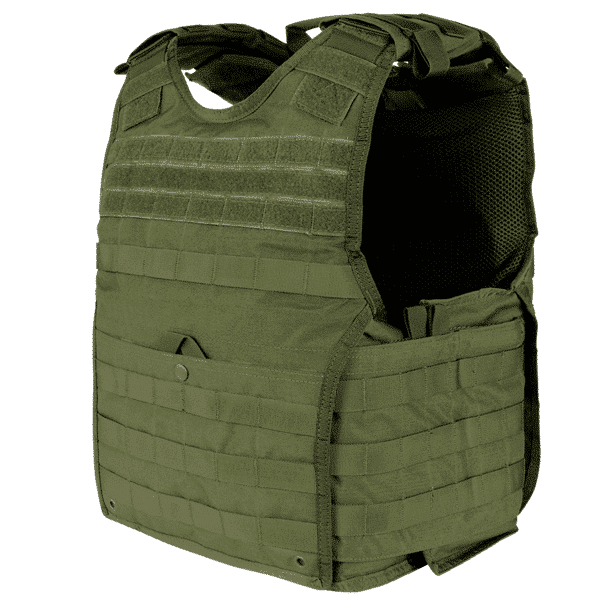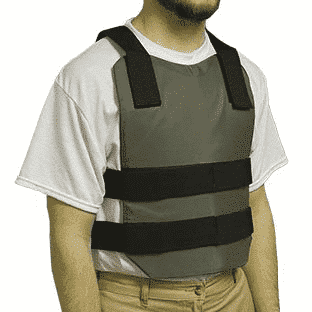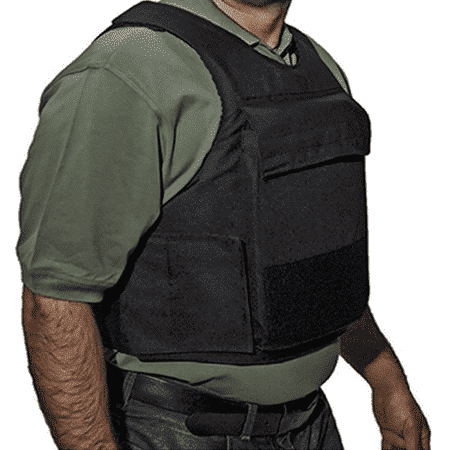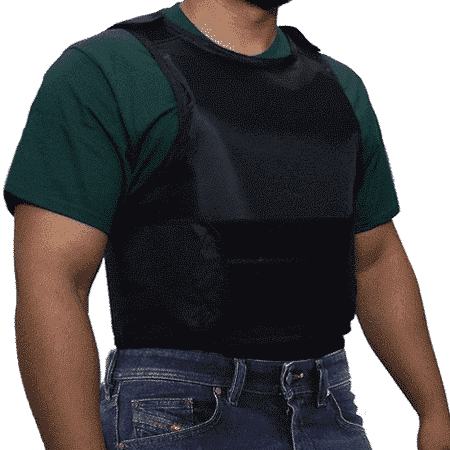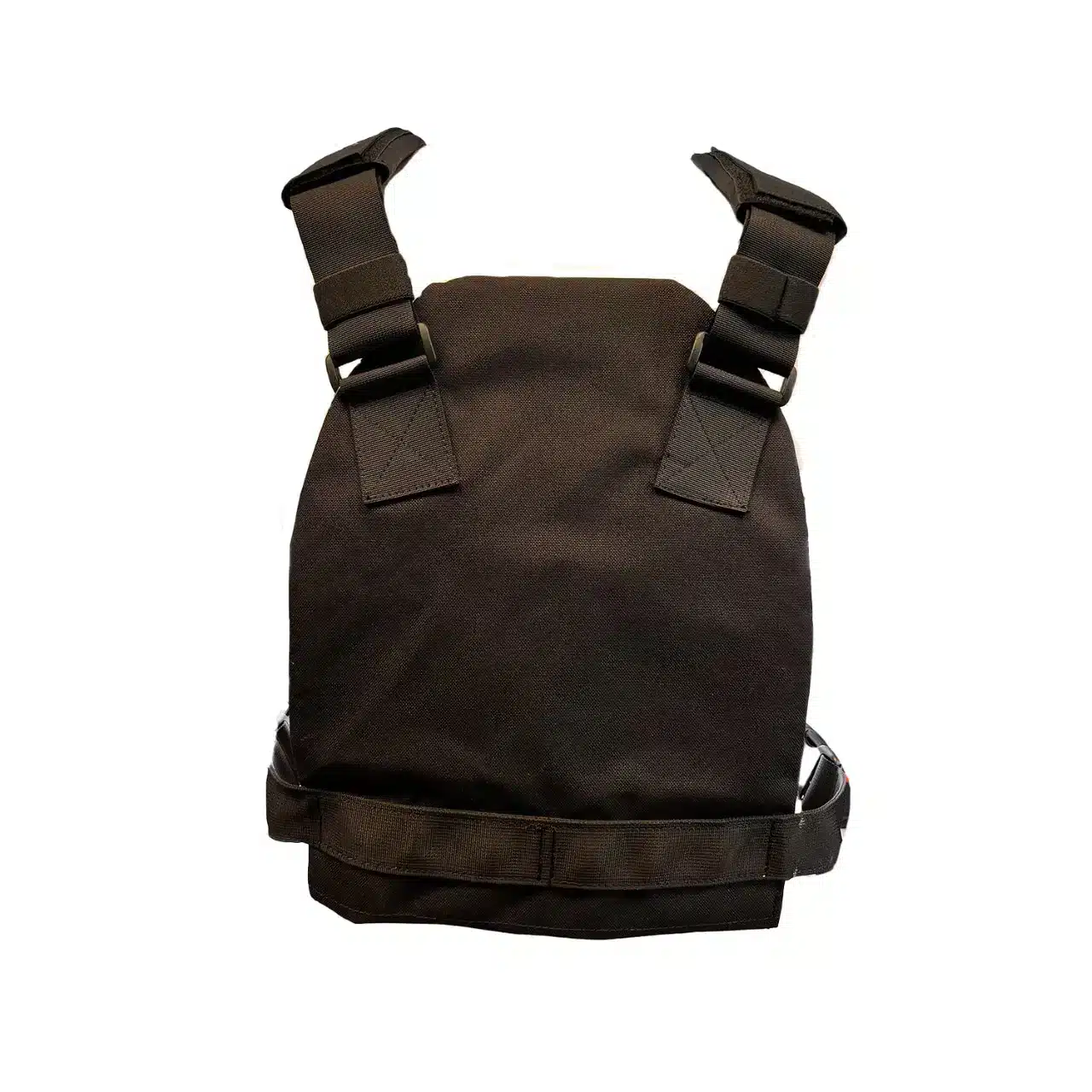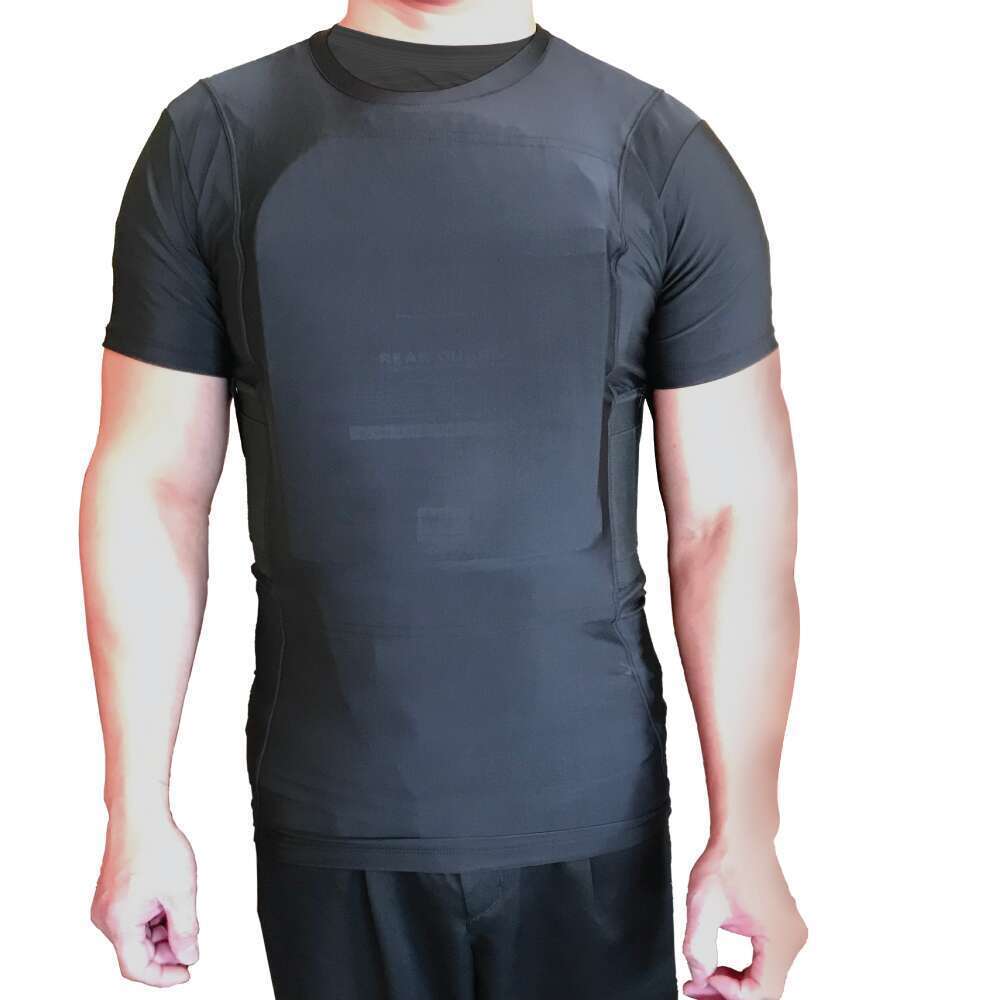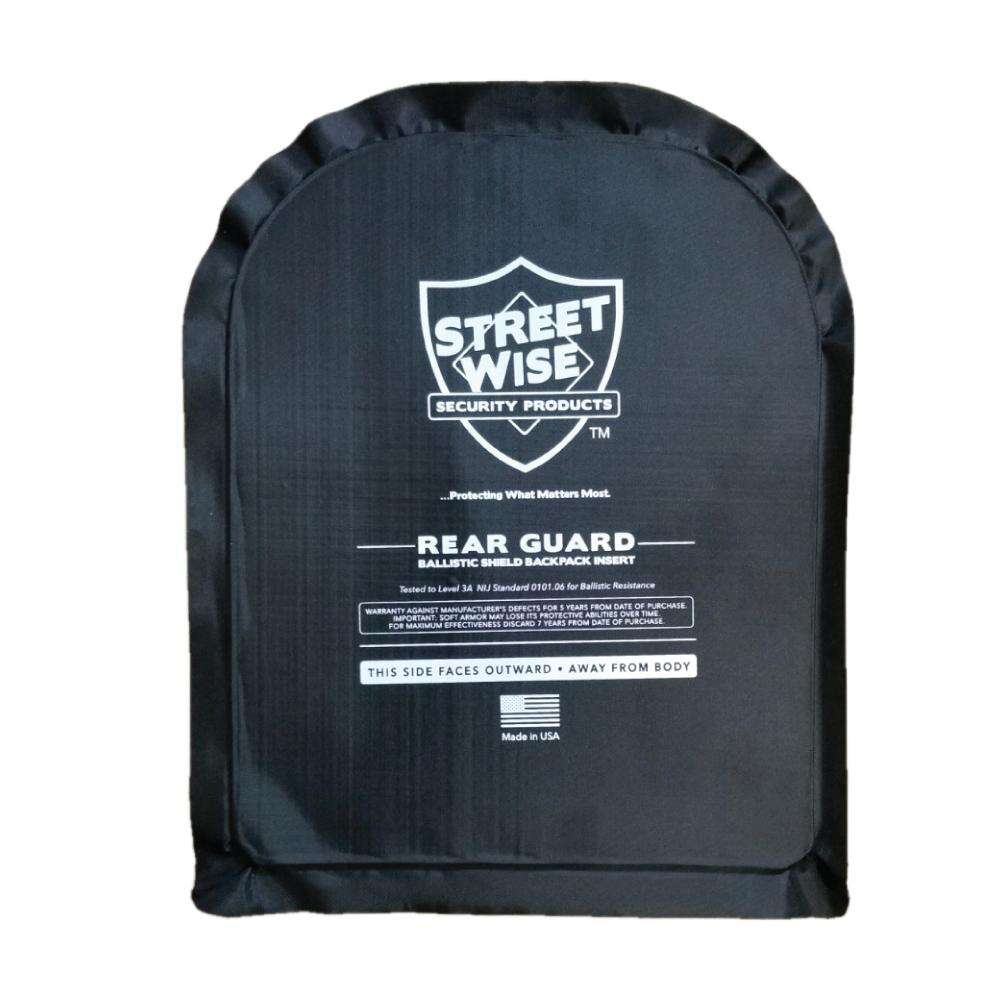A Comprehensive Guide to Bulletproof Vests and Tactical Gear
Bulletproof vests and tactical gear are becoming increasingly popular in today’s world. With rising crime rates, civil unrest, and the possibility of mass shootings, people are looking for ways to protect themselves and their loved ones. In this comprehensive guide, we will explore the different types of bulletproof vests and tactical gear available on the market, their effectiveness, and how to choose the right one for your needs.
Introduction
In this section, we will introduce the topic of bulletproof vests and tactical gear, explain why they are important, and give a brief overview of what will be covered in the article.
What is a Bulletproof Vest?
Here, we will define what a bulletproof vest is, how it works, and the different types of materials used to make them. We will also discuss the levels of protection offered by different vests, as well as their limitations.
Materials Used in Bulletproof Vests
In this subsection, we will explore the different materials used to make bulletproof vests, such as Kevlar, Spectra Shield, and Dyneema. We will discuss the advantages and disadvantages of each material, as well as their effectiveness against different types of bullets.
Levels of Protection
In this subsection, we will explain the different levels of protection offered by bulletproof vests, from Level I to Level IV. We will also discuss the types of bullets each level can stop, as well as the limitations of each level.
Types of Bulletproof Vests
Here, we will explore the different types of bulletproof vests available on the market, such as concealable vests, tactical vests, and plate carriers. We will explain the advantages and disadvantages of each type, as well as their effectiveness in different situations.
Concealable Vests
In this subsection, we will explain what concealable vests are, their advantages and disadvantages, and the types of situations they are best suited for.
Tactical Vests
In this subsection, we will explain what tactical vests are, their advantages and disadvantages, and the types of situations they are best suited for.
Plate Carriers
In this subsection, we will explain what plate carriers are, their advantages and disadvantages, and the types of situations they are best suited for.
Tactical Gear
In this section, we will explore the different types of tactical gear available on the market, such as helmets, ballistic shields, and ballistic plates. We will explain the advantages and disadvantages of each type, as well as their effectiveness in different situations.
Helmets
In this subsection, we will explain what helmets are, their advantages and disadvantages, and the types of situations they are best suited for.
Ballistic Shields
In this subsection, we will explain what ballistic shields are, their advantages and disadvantages, and the types of situations they are best suited for.
Ballistic Plates
In this subsection, we will explain what ballistic plates are, their advantages and disadvantages, and the types of situations they are best suited for.
Choosing the Right Vest and Tactical Gear
In this section, we will explain how to choose the right bulletproof vest and tactical gear for your needs. We will discuss factors such as the level of protection required, the type of situation the gear will be used in, and personal preferences.
Conclusion
In this section, we will summarize the main points covered in the article and emphasize the importance of choosing the right bulletproof vest and tactical gear for personal protection.
FAQs:
+Do bulletproof vests expire?
Yes, bulletproof vests do expire. The lifespan of a vest depends on the type of material it is made from and the conditions it has been exposed to. It is recommended to replace a vest every 5 years or after it has been exposed to a high-impact event.
+Can a bulletproof vest stop a knife?
While bulletproof vests are designed to stop bullets, they are not necessarily effective against knives or other sharp objects. Vests with stab-resistant materials can provide protection against knives, but it is important to check the specific level of protection offered by the vest.
+Can you wear a bulletproof vest in public?
There are no laws against wearing a bulletproof vest in public, but it is important to note that some states may have regulations on the possession of bulletproof vests by convicted felons.
+How heavy is a bulletproof vest?
The weight of a bulletproof vest depends on the level of protection and the type of material used. Vests can range from a few pounds to over 20 pounds.
+How do I know if my bulletproof vest fits correctly?
A properly fitting bulletproof vest should be snug but not too tight, with the panels covering the front and back of the torso. It should also not ride up when moving or lifting your arms. It is important to follow the manufacturer’s instructions for fitting and adjusting the vest.


